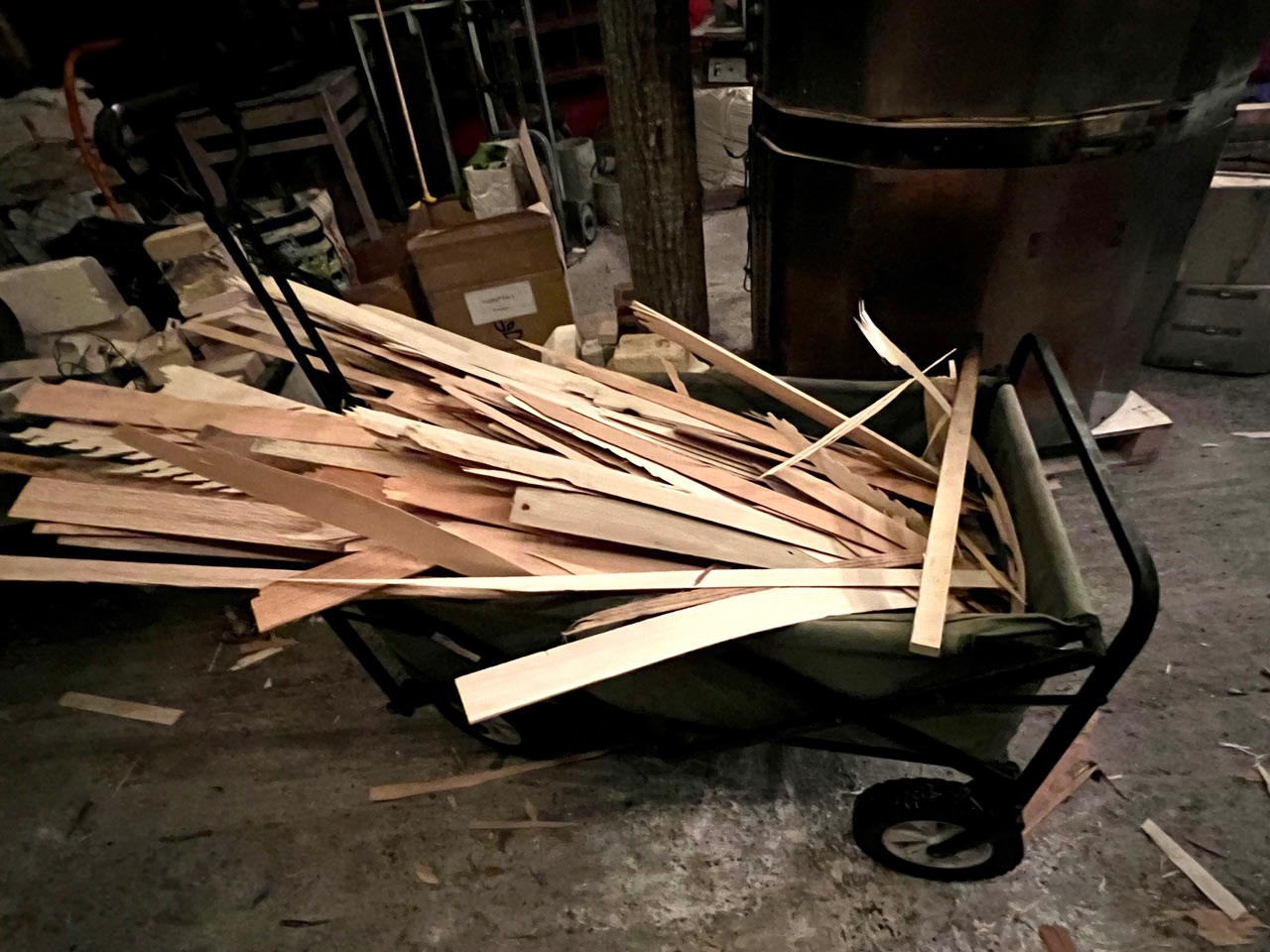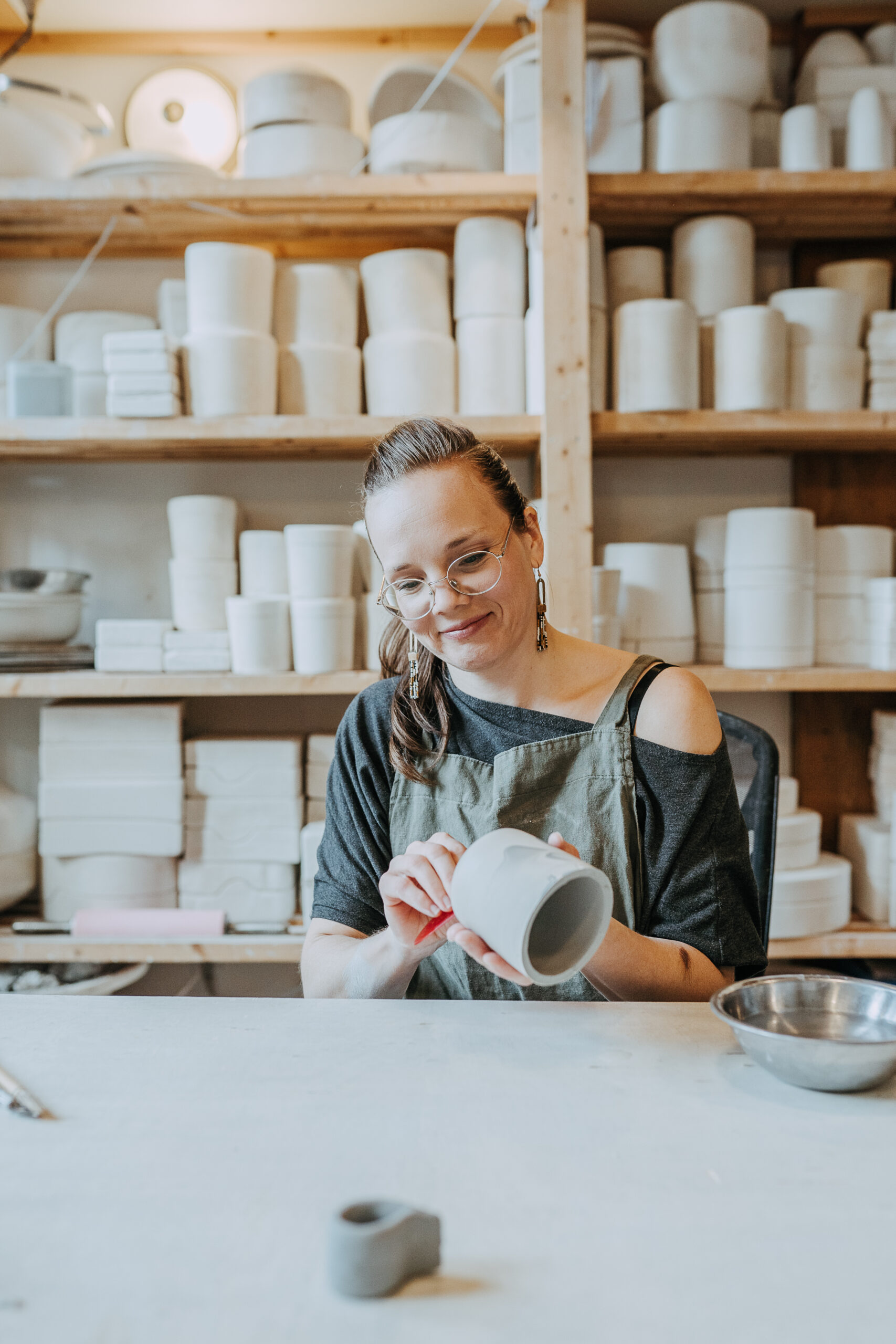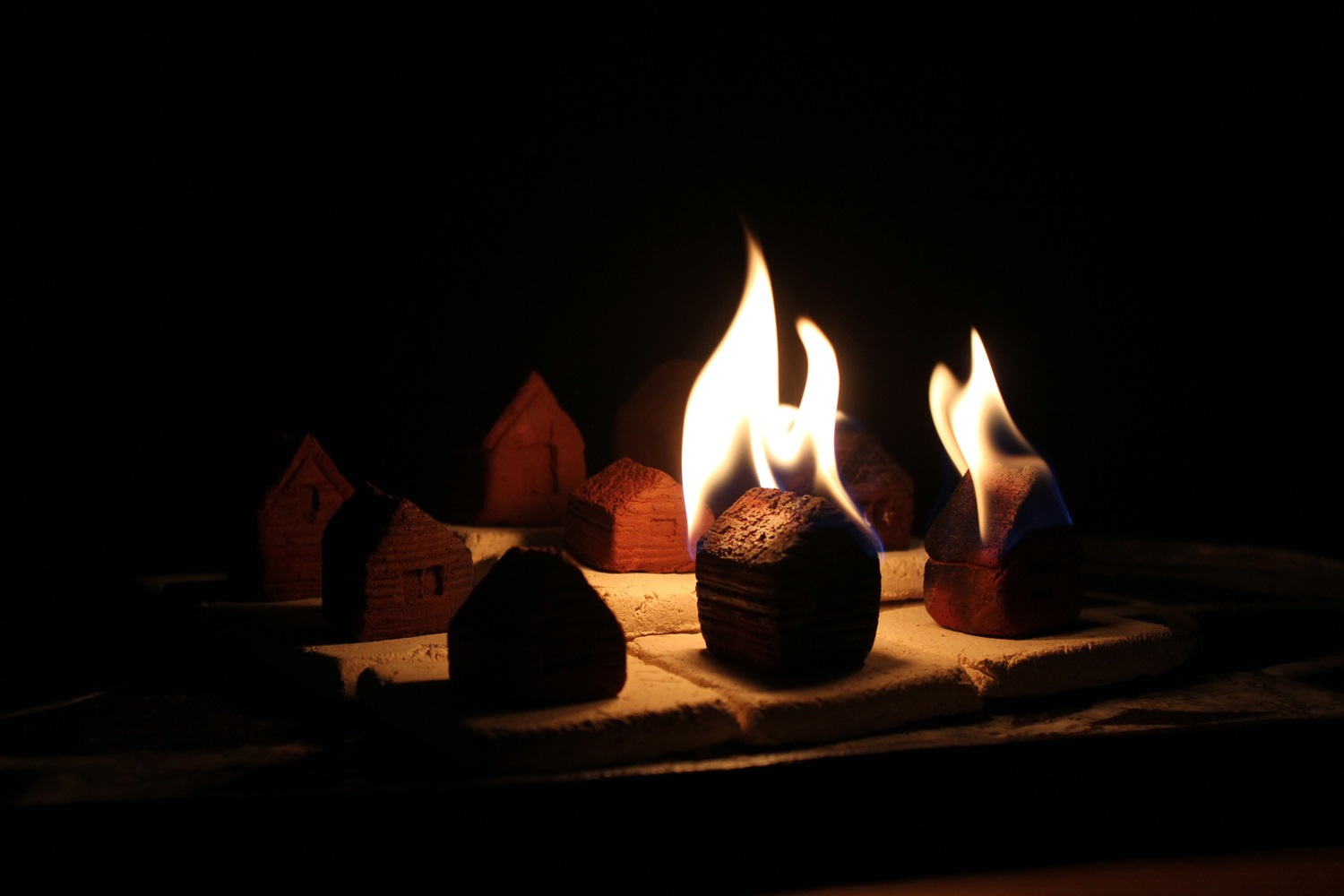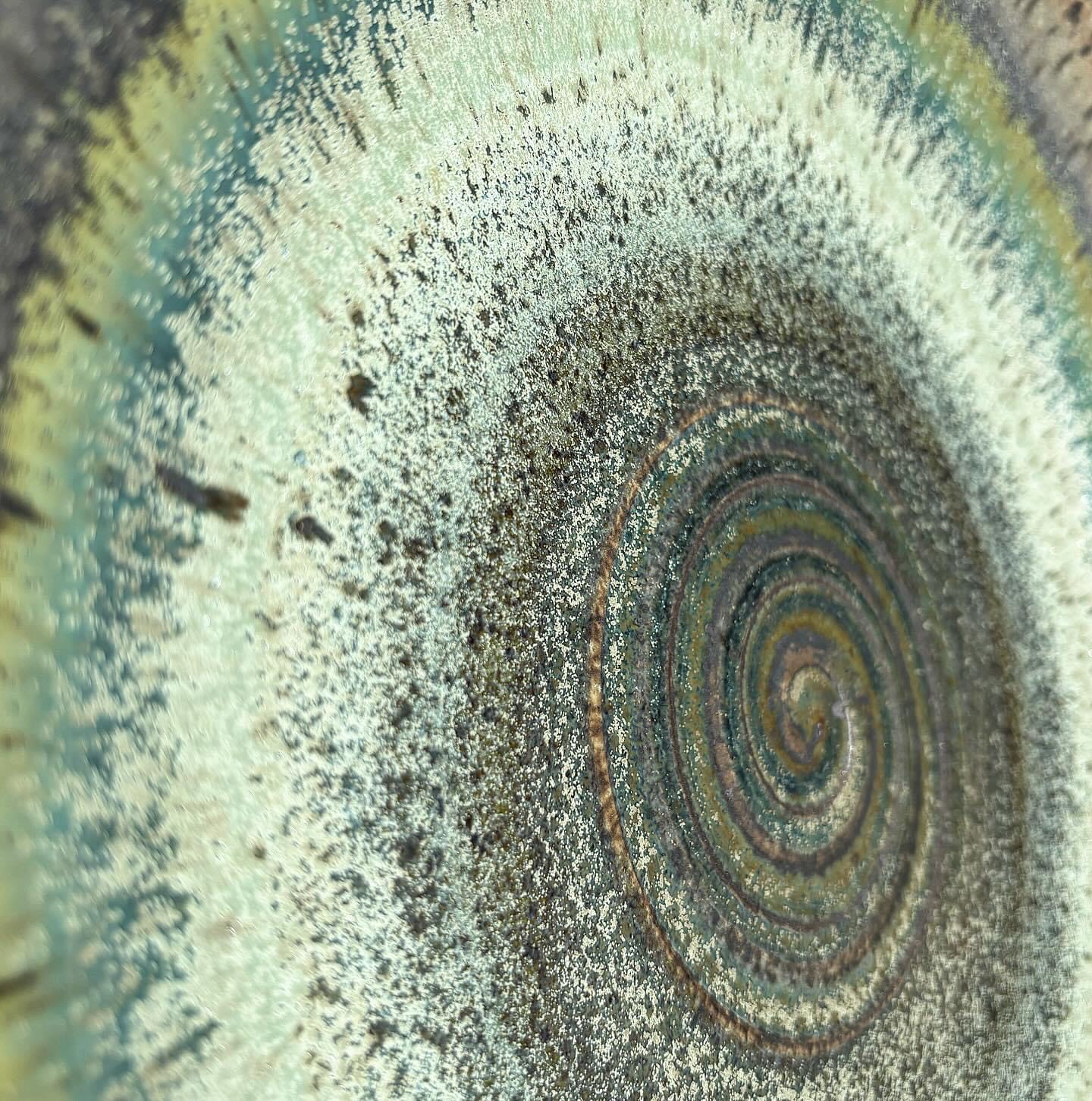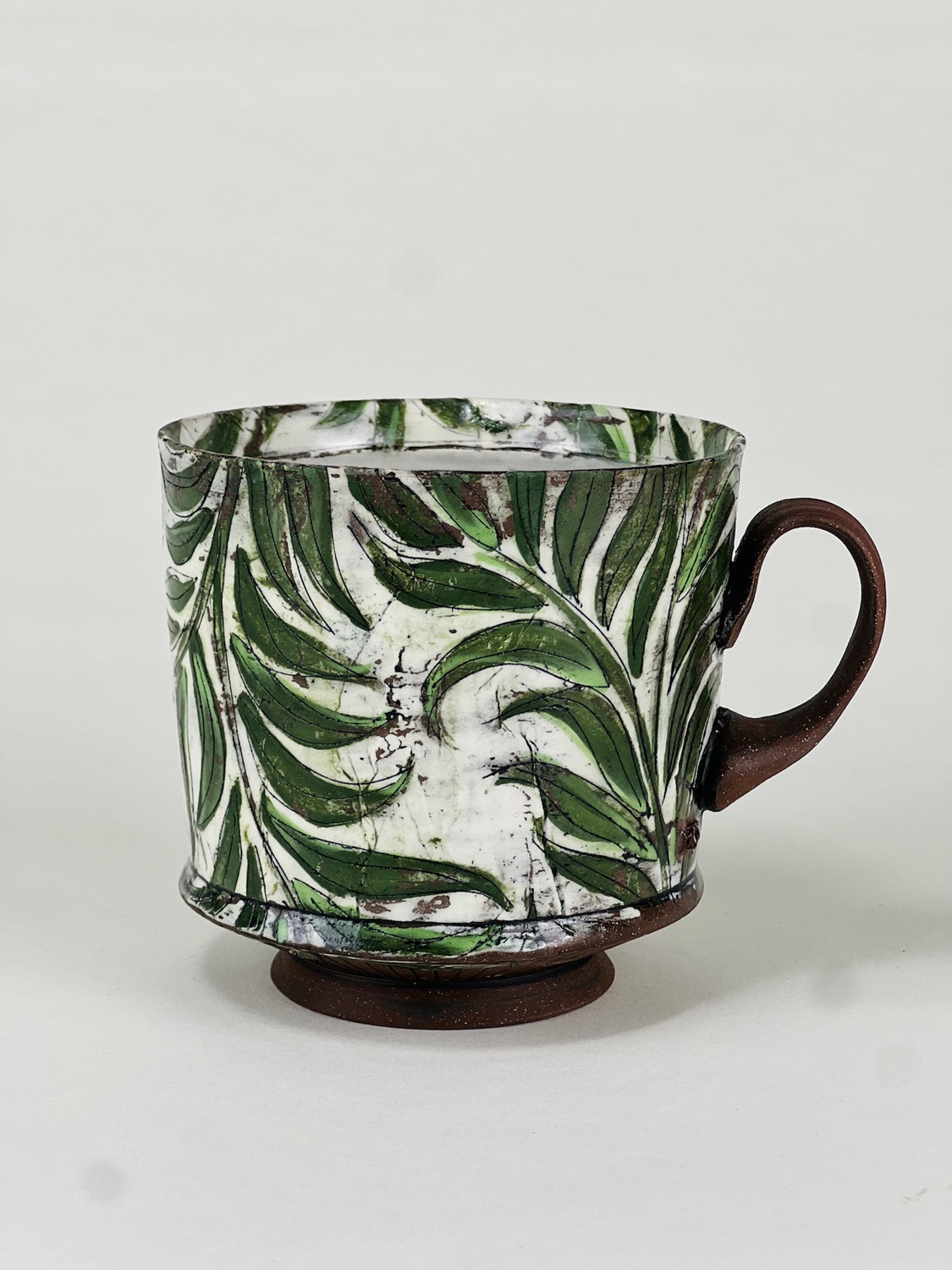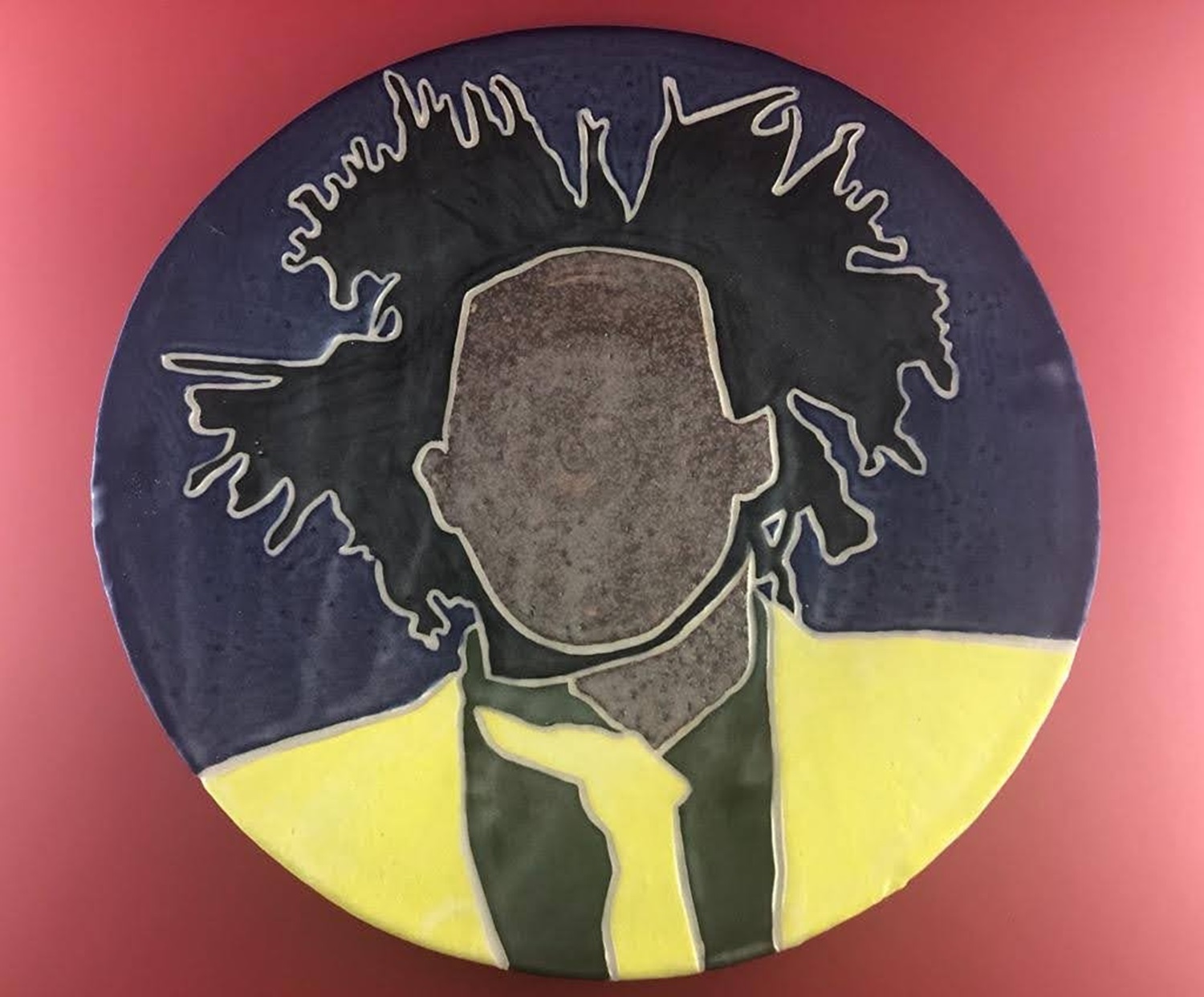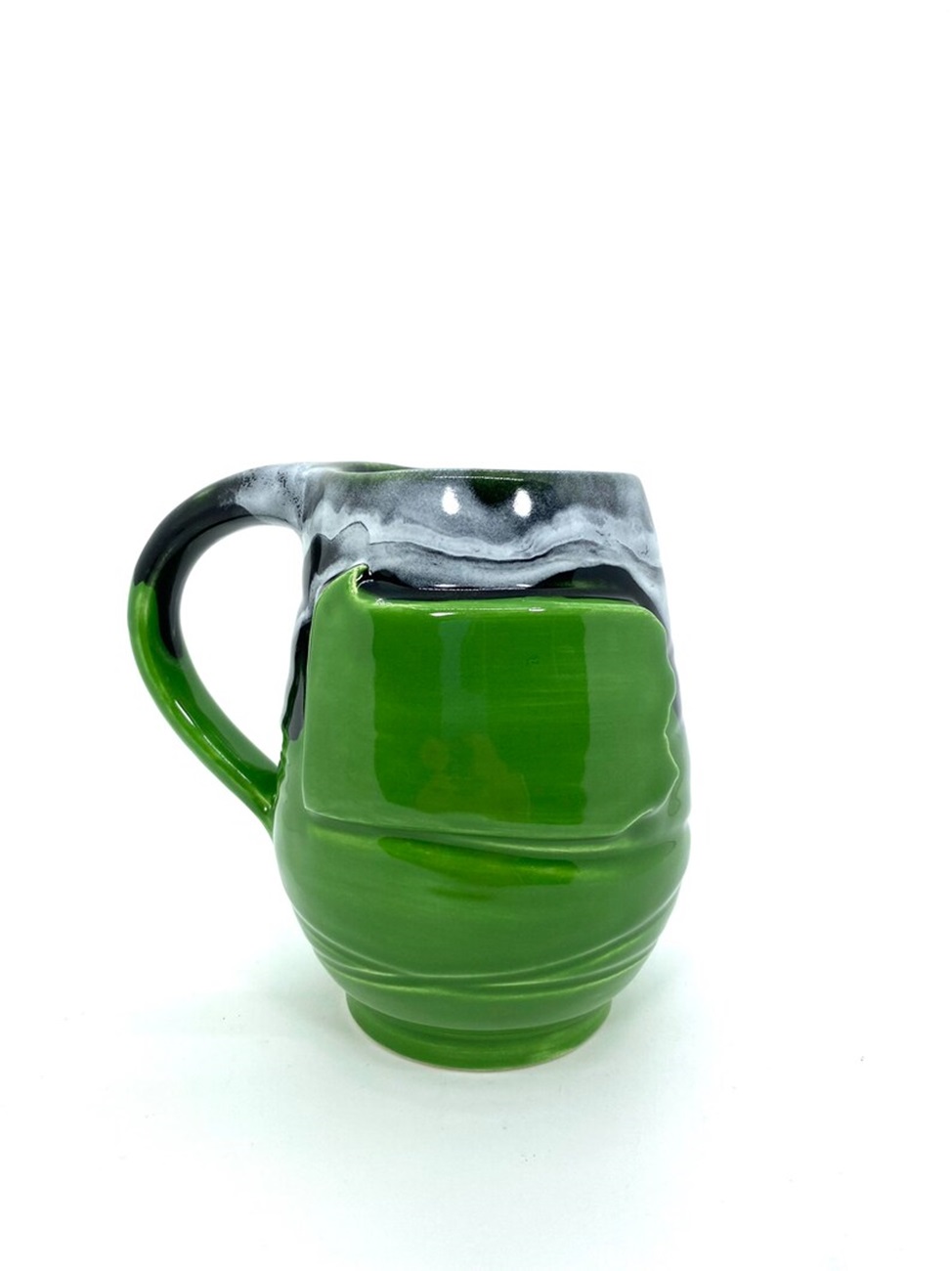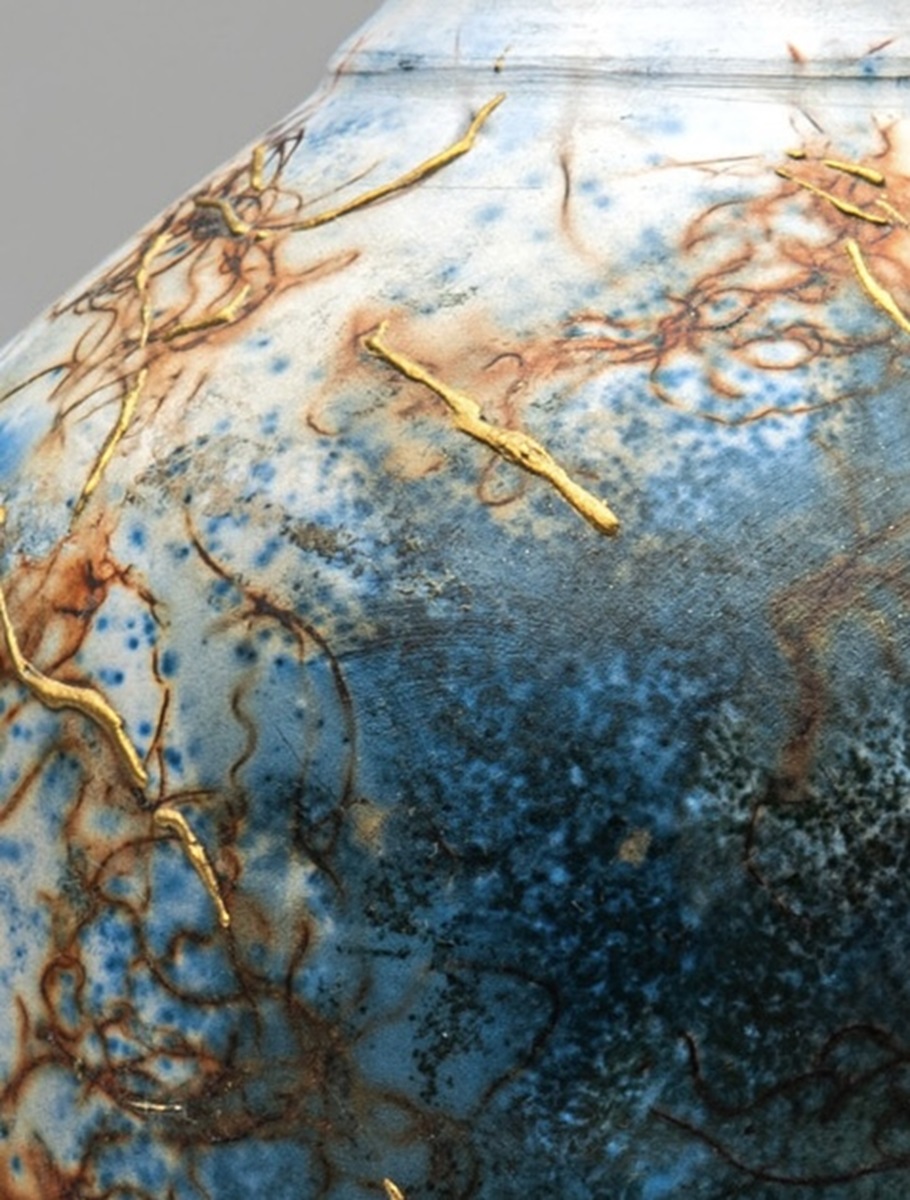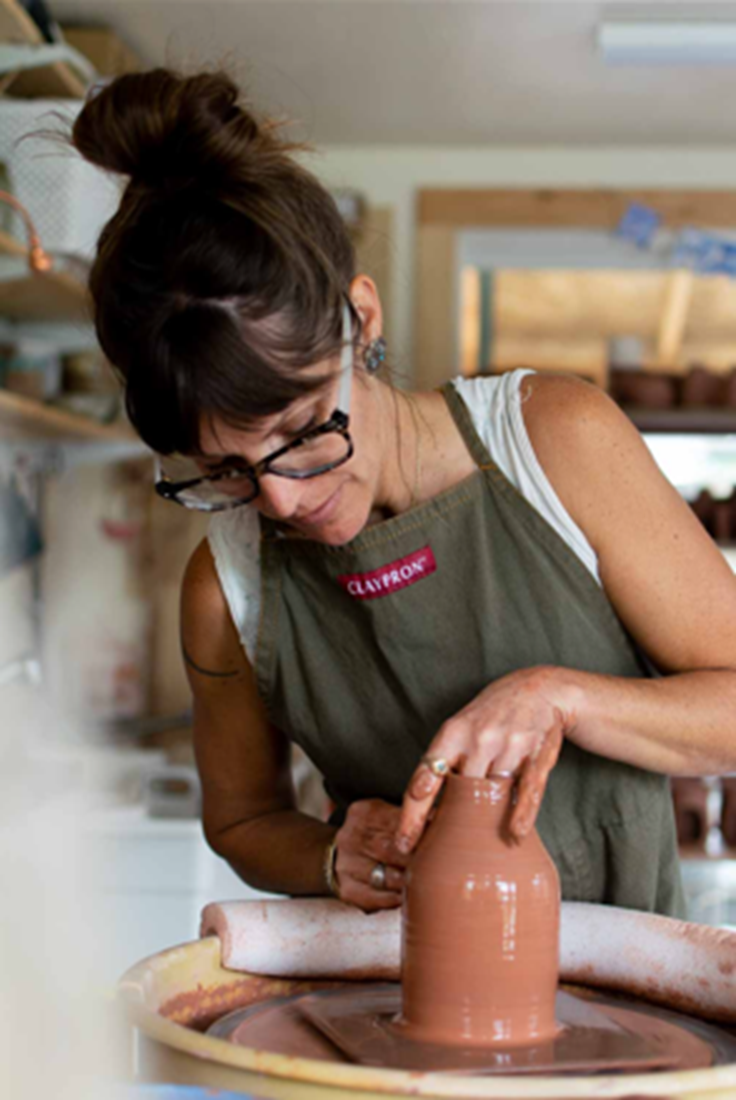Podcast: Play in new window | Download
Lisa Orr | Episode 1046
Lisa Orr is a professional potter and has been a student of ceramics for more than 40 years. After completing her MFA in 1992 at the New York State College of Ceramics at Alfred University, she received a Fulbright and an MAAA/NEA grant to continue her studies. Her work is shown in numerous public and private collections including the Fine Arts Museum of San Francisco, and the permanent collection of WOCEF in Korea. A full-time studio potter, she also teaches, lectures, and shows nationally and internationally.
SPONSORS
 You can help support the show!
You can help support the show!
Number 1 brand in America for a reason. Skutt.com
For all your ceramic needs go to Georgies.com

What kind of bricks do you use for the base? Can you get them from Home Depot?
I would not get them from Home Depot because they are a little bit more expensive. Here is a list. It says here 67 fire brick. 12 half brick. So somewhere around 80 hard brick. You really need hard brick in the burn tunnel because the sticks are kind of landing on there. And also, it does get really hot in there. It will melt house brick.
How long does it take for the average person to build a kiln?
We built one yesterday with two beginners and instructions including cutting the special Swiss cheese shelf with angle grinder and drilling the holes, in around two hours. I’ve built one in thirty minutes.
How do you monitor the temperature inside the kiln?
I use a pyrometer, just a cheap one from Amazon and that I use to gauge the rise of temperature of the kiln. And also cones. I use cones. Old school.
Does wood quality matter?
Not at all. Pine is probably the best. Oak burns slower and makes more ash and so we don’t like to use it as much. So whatever kind of wood you can get is good. I get the cut offs from a casket company and the main thing is they need to be thin. It needs to be small diameter wood. Anything smaller than your wrist.
Is this something one could do within the city limits?
It’s completely smokeless except right in the beginning and if you choose to reduce. So there is no visible flame or fire coming out of this thing at all.
So within city limits it wouldn’t be that big of a deal.
Not at all. You could put it in the driveway. If you don’t mind assembling the bricks and stuff like that you can put it in a driveway, fire it and then move all the bricks and kiln and stuff.
How much protection does it need from weather? Does it need significant protection?
I don’t know about significant. I would throw a tarp over it if I was leaving it out there because electric kilns can really absorb the water and get heavy. I would say it’s great if you can have a shed and if not you just throw a tarp on it when you are not using it.
Why did you open source this project? Why not monetize it somehow?
I guess I feel like the permaculture people open source their rocket mass heaters for the most part. I mean I have paid for workshops and I have paid for a book someone wrote about it and that’s really paying someone for their labor and their hosting. But the plans are available at the wood fired Rocket Kiln Facebook page. They are on my website under the projects. And we just had a live workshop so if you want to watch somebody build it, we built one on video and you can watch that workshop.
Contact
Lisa Orr Rocket-downdraft-kiln-Copy-of-Materials-List-and-Step-By-Step-5
Instagram: @lisaorrpottery
